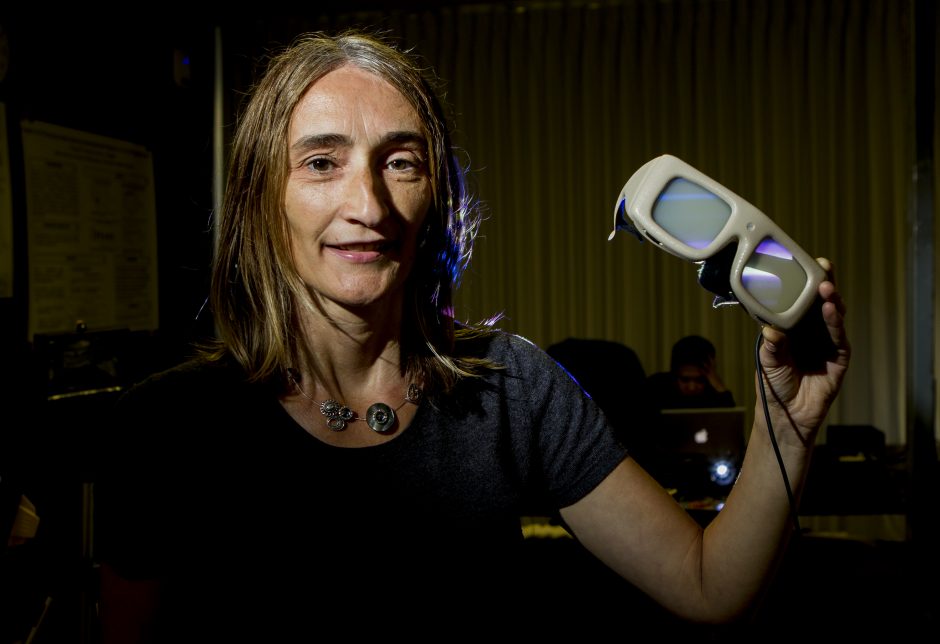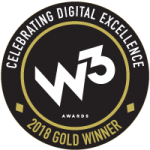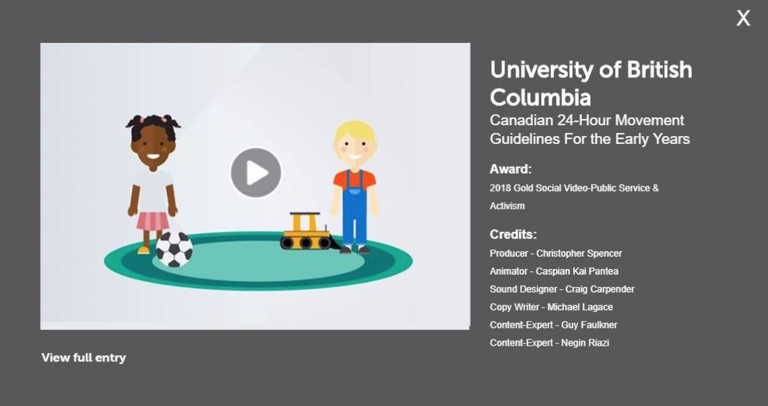About the research:
UBC’s Dr. Guy Faulkner, in the School of Kinesiology, was a research contributor to the new movement guidelines on sleep, physical activity, and sedentary behavior for children under five years of age, and is playing a key role in promoting their implementation.
The 24-Hour Movement Guidelines for the Early Years (0-4 years) embrace the natural and intuitive integration of movement behaviors across the whole day. They were developed through the collaboration of various national, provincial and non-profit organizations, an international research team and extensive stakeholder consultation.
In order to ensure wide and effective dissemination and adoption of these guidelines, Faulkner also led a study with PhD student Negin Riazi to examine perceptions about the new guidelines and different methods for sharing them. As a result, Faulkner and his team, Riazi and Dr. Erica Lau, developed a knowledge translation tool in the form of animated videos.
A video was produced by UBC Studios with support from the Jacqueline Farquhar Endowment for Children’s Mental Health, to increase awareness of the guidelines among early childhood educators and parents, and highlight the benefits of movement to promote children’s mental health and well-being.
This video has been awarded a Gold W3 Award in the category of Social Video – Public Service.
About the W³ Awards:
The W³ Awards celebrates digital excellence by honoring outstanding Websites, Web Marketing, Video, Mobile Sites/Apps & Social content created by some of the best interactive agencies, designers, and creators worldwide. In honoring the best of the Web, the W³ Awards is the first major web competition to be accessible to the biggest agencies, the smallest firms, and everyone in between. Small firms are as likely to win as Fortune 500 companies and international agencies.
Watch the video
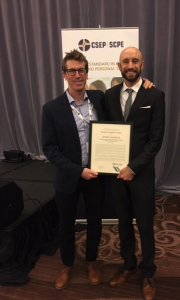 Dr. Jordan Guenette, has won the very prestigious Young Investigator’s Award from the Canadian Society for Exercise Physiology. Dr. Guenette received his BHK (2004), MSc (2006) and PhD (2010) in Exercise and Respiratory Physiology in the School of Kinesiology at the University of British Columbia. He is now an associate professor in UBC Physiotherapy and works at the Centre for Heart Lung Innovation in St Paul’s hospital.
Dr. Jordan Guenette, has won the very prestigious Young Investigator’s Award from the Canadian Society for Exercise Physiology. Dr. Guenette received his BHK (2004), MSc (2006) and PhD (2010) in Exercise and Respiratory Physiology in the School of Kinesiology at the University of British Columbia. He is now an associate professor in UBC Physiotherapy and works at the Centre for Heart Lung Innovation in St Paul’s hospital.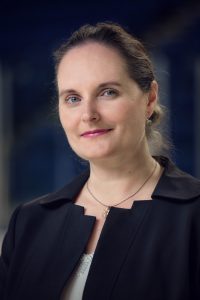
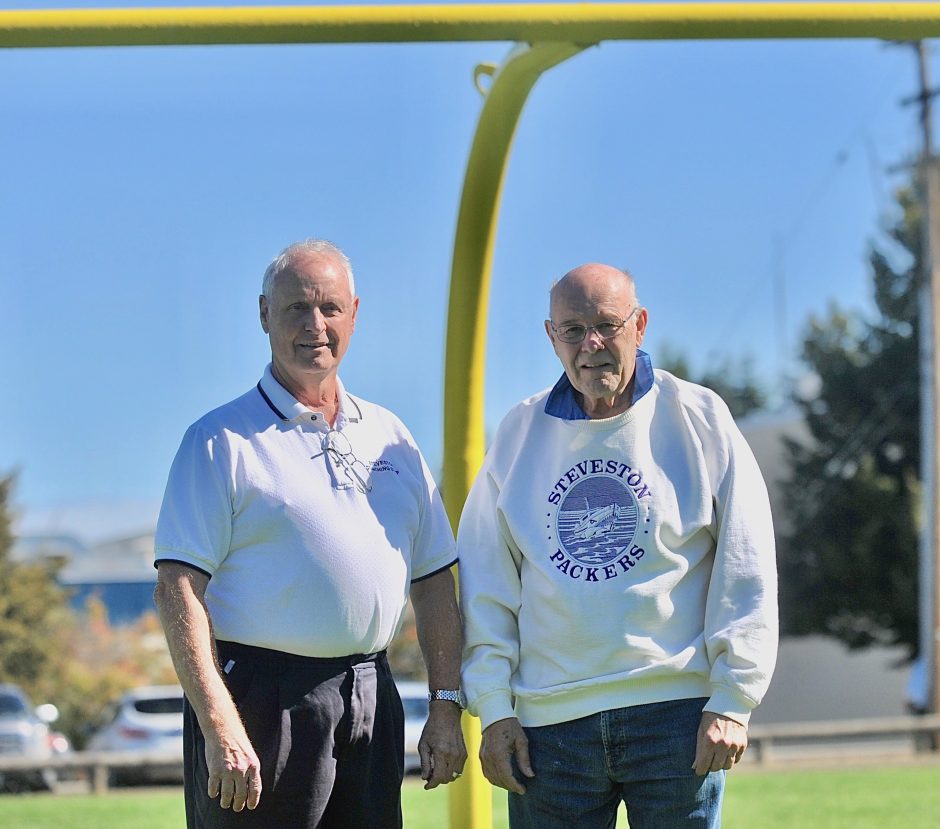
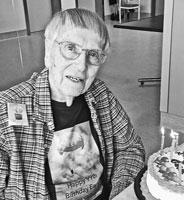 , PhD, LLD, D.Sc, died September 29, 2018 at age 99. Following his leadership in Kinesiology at the University of Western Ontario he retired to Richmond, BC where he continued to contribute vibrantly to the field of physical education and kinesiology. Zeigler earned a BA from Bates College and a MA and PhD from Yale University. He taught, researched and administered at Yale 1943-49, and the University of Connecticut 1944-49, Michigan 1956-63, Illinois (C-U) 1963-71 and the University of Western Ontario 1949-56 and 1971-89. An unparalleled leader in his field over 78 years, he was a pioneer in introducing socio-cultural dimensions to the study of sport and physical activity and wrote extensively on North American human values, ethics and personal decision making. After receiving the highest recognition (Honour Award) of the Canadian Association for HPERD in 1975, he received the top three awards in his field from the US (Alliance Scholar-of-the-Year, AAHPERD, 1977; Hetherington Award, AAKPE, 1989; and the Gulick Medal, AAHPERD, 1990). In 2008 the North American Society for Sport History awarded him its “Contributions to Sport History” award. He received three honorary doctorates (LLD 1975 U. of Windsor; DSc 1997 U. of Lethbridge; and LLD 2008 U. of Western Ontario). Students will find his many books and articles on the state of physical education and kinesiology in North America enlightening.
, PhD, LLD, D.Sc, died September 29, 2018 at age 99. Following his leadership in Kinesiology at the University of Western Ontario he retired to Richmond, BC where he continued to contribute vibrantly to the field of physical education and kinesiology. Zeigler earned a BA from Bates College and a MA and PhD from Yale University. He taught, researched and administered at Yale 1943-49, and the University of Connecticut 1944-49, Michigan 1956-63, Illinois (C-U) 1963-71 and the University of Western Ontario 1949-56 and 1971-89. An unparalleled leader in his field over 78 years, he was a pioneer in introducing socio-cultural dimensions to the study of sport and physical activity and wrote extensively on North American human values, ethics and personal decision making. After receiving the highest recognition (Honour Award) of the Canadian Association for HPERD in 1975, he received the top three awards in his field from the US (Alliance Scholar-of-the-Year, AAHPERD, 1977; Hetherington Award, AAKPE, 1989; and the Gulick Medal, AAHPERD, 1990). In 2008 the North American Society for Sport History awarded him its “Contributions to Sport History” award. He received three honorary doctorates (LLD 1975 U. of Windsor; DSc 1997 U. of Lethbridge; and LLD 2008 U. of Western Ontario). Students will find his many books and articles on the state of physical education and kinesiology in North America enlightening.